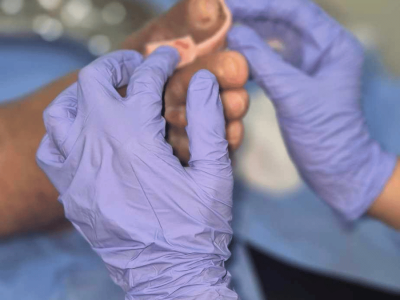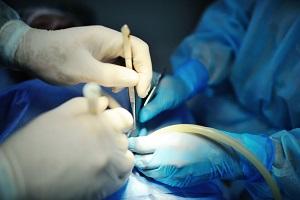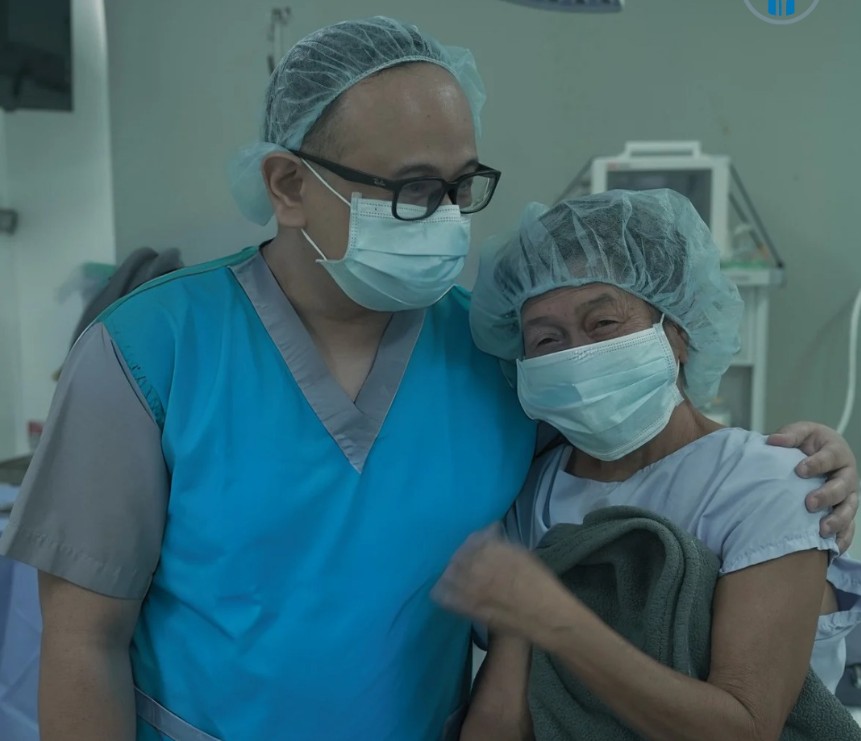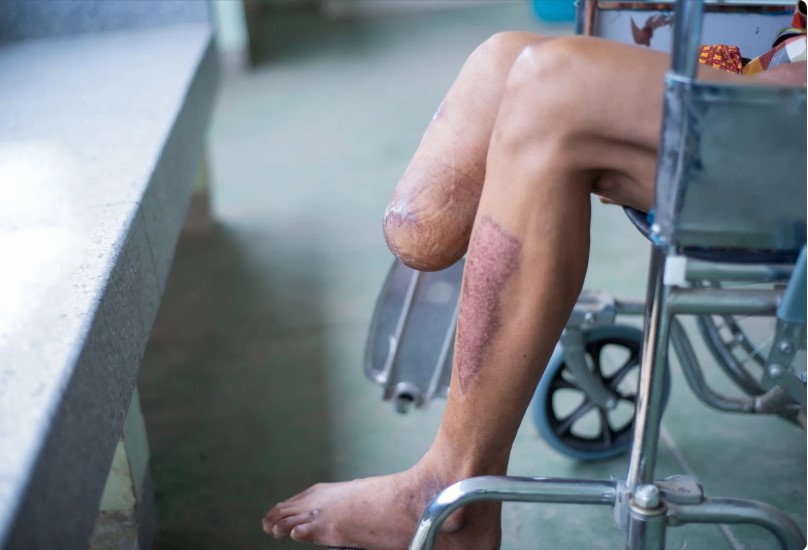Wounds, whether caused by injuries, infections, or underlying health conditions, require careful management to heal properly. One critical procedure in wound care is debridement services, a medical process that involves removing dead, damaged, or infected tissue to promote healing. Without proper debridement, wounds can become chronic, infected, or even life-threatening. This article explores the importance of debridement services, various methods used, and how Kalingap Wound Care Clinic in Quezon City delivers compassionate, Filipino-centered wound care to improve patients’ quality of life.
What is Debridement?
Debridement is a specialized wound care technique that focuses on cleaning wounds by removing necrotic (dead) tissue, foreign materials, or debris that can hinder the healing process. When a wound develops dead tissue or scabs, it becomes an ideal environment for bacteria to thrive, increasing the risk of infection and delaying recovery.
Wounds requiring debridement often include chronic ulcers, diabetic foot wounds, pressure sores, burns, and traumatic injuries. By clearing away the unhealthy tissue, healthcare professionals expose healthy tissue underneath, allowing the body’s natural healing mechanisms to work more effectively.
Different Methods of Debridement
There are several types of debridement services, each tailored to different wound types, patient conditions, and care settings. Understanding these methods can help patients and caregivers know what to expect during treatment.
Surgical Debridement: Surgical debridement involves using scalpels or surgical instruments to quickly and precisely remove dead tissue. It is usually performed by specialists in a clinical setting and is effective for wounds with large amounts of necrosis or infection.
Mechanical Debridement: This method uses physical force to remove debris, such as wet-to-dry dressings, wound irrigation, or specialized tools like whirlpool baths. While effective, mechanical debridement can sometimes cause discomfort.
Autolytic Debridement: A gentle method where the body’s own enzymes and moisture break down dead tissue. It involves using moisture-retentive dressings like hydrogels or hydrocolloids, making it less painful and ideal for patients who need a slower, natural healing process.
Enzymatic Debridement: Enzymatic agents in the form of topical creams or ointments are applied to the wound to chemically dissolve necrotic tissue. This method offers a controlled and selective way to debride wounds.
Biological Debridement: This less common method uses sterile medical-grade larvae (maggots) to consume dead tissue while leaving healthy tissue intact. It is highly effective for certain types of chronic wounds.
Why is Debridement Critical to Wound Healing?
Dead tissue and debris can create a barrier that prevents new skin from forming and traps bacteria, causing infections that may lead to severe complications like sepsis or gangrene. By removing this tissue, debridement services reduce infection risk, stimulate healthy tissue growth, and shorten recovery time.
Effective debridement not only accelerates healing but also improves patient comfort and mobility. Patients with chronic wounds often experience pain, odor, and social stigma; proper wound care, including debridement, helps restore dignity and quality of life.
Kalingap Wound Care Clinic’s Approach to Debridement
Kalingap Wound Care Clinic, located in Quezon City, stands out for its patient-centered and culturally sensitive wound care services. Inspired by Filipino values of kalinga (care) and lingap (nurture), the clinic blends cutting-edge medical treatments with deep compassion and respect for each patient’s unique needs.
The clinic’s approach goes beyond just treating wounds. Recognizing that many individuals in Metro Manila face financial challenges, Kalingap actively works to make debridement services and wound care accessible through community outreach, partnerships, and affordable care plans.
Patients are empowered throughout their healing journey via education on wound prevention, hygiene, and nutrition, as well as emotional support to ease the psychological burden of chronic wounds. This holistic approach ensures a comforting, seamless recovery that honors the whole person, not just their injury.
Who Should Consider Debridement Services?
Certain groups benefit the most from professional debridement services, especially those prone to wounds that heal slowly or are at risk of infection.
Diabetic Patients: Diabetes often leads to poor circulation and nerve damage, making foot ulcers common and dangerous. Regular debridement helps prevent these wounds from worsening.
Elderly Individuals: Aging skin is more fragile and prone to pressure sores, which need careful wound management including debridement.
Patients with Chronic Wounds: Those suffering from venous ulcers, pressure sores, or traumatic wounds benefit significantly from timely debridement.
Individuals with Infections or Necrotic Tissue: If a wound shows signs of dead tissue, foul odor, or non-healing areas, consulting a wound care professional for debridement is critical.
Signs that indicate the need for debridement include persistent pain, swelling, discoloration, foul odor, and delayed healing.
What to Expect During a Debridement Procedure
Visiting a wound care clinic for debridement services involves a thorough assessment by a trained healthcare professional who determines the most appropriate method based on wound type and patient condition.
The procedure typically includes:
- Preparation: Cleaning the wound area and ensuring patient comfort, sometimes with local anesthesia or pain relief.
- Removal of Dead Tissue: Using surgical tools, enzymatic creams, or other techniques to carefully remove necrotic tissue.
- Cleaning and Dressing: The wound is cleaned and dressed with appropriate materials to promote healing and protect from infection.
- Follow-up Care: Patients receive detailed instructions on wound care at home and may have scheduled follow-up visits for reassessment.
Safety and pain management are prioritized to ensure the procedure is as comfortable as possible.
Preventive Care and Education After Debridement
Healing does not end once the dead tissue is removed. Post-debridement care focuses on preventing reinjury or infection through proper wound hygiene, adequate nutrition, and lifestyle adjustments.
At Kalingap Wound Care Clinic, education is a cornerstone of treatment. Patients learn about the importance of keeping wounds clean, recognizing early signs of infection, and managing underlying conditions like diabetes.
Community support and outreach programs help extend this knowledge beyond the clinic, fostering a culture of preventive care and empowerment. Such efforts not only improve individual health outcomes but also reduce the overall burden of chronic wounds in underserved communities.
Takeaway
Timely and effective debridement services are vital for successful wound healing, preventing infections, and improving the lives of those suffering from chronic or complex wounds. Kalingap Wound Care Clinic exemplifies compassionate, holistic care rooted in Filipino values and focused on accessibility, patient education, and emotional support.
If you or a loved one has a wound that is slow to heal or shows signs of infection, don’t delay in seeking professional wound care. Contact Kalingap Wound Care Clinic in Quezon City for expert debridement services and compassionate care that treats you as more than just a patient — but as a valued member of the community on the path to healing.







